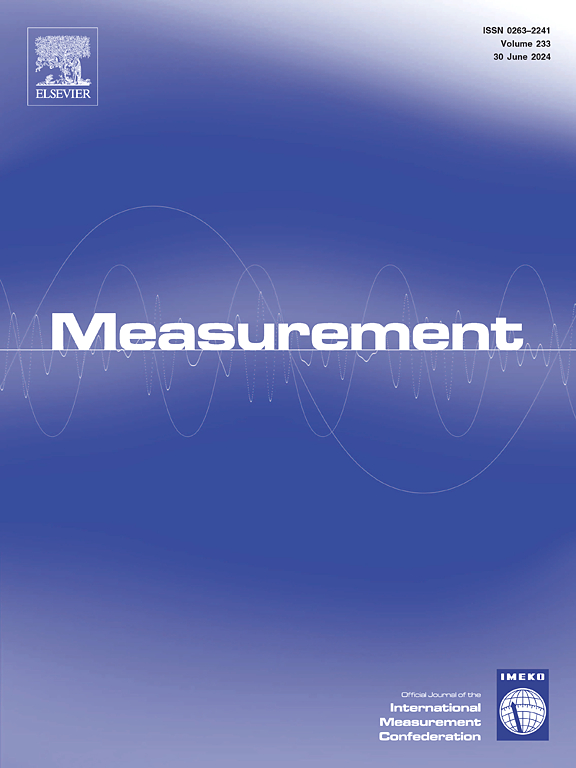MEMS microscope laser scanning for detection of metal artifacts corrosion characteristics
IF 5.6
2区 工程技术
Q1 ENGINEERING, MULTIDISCIPLINARY
引用次数: 0
Abstract
A novel system for noncontact, nondestructive detection of corrosion in metal artifacts has been developed. It consists of a pulse-modulated laser light source, microelectromechanical system (MEMS) scanning micromirror, optical lens group, photodetector, and field-programmable gate array (FPGA). A theoretical model for assessing corrosion characteristics was established, and the optical path was simulated by LightTools. The system is capable of detecting the reflected light from metal artifact samples treated with various etching agents (H2SO4, NaOH, MgCl2, NaCl, KCl, and water), as well different pH values, temperatures, and humidity levels. Metal corrosion reduce light reflectance on the metal surface, thereby decreasing the light flux received by the photodetector and lowering the system’s output voltage, which facilitates the detection of corrosion. Additionally, scanning voltage identified corrosion behavior, such as edge-initiated corrosion in solutions of varying pH values at 25 ℃. Synchronous corrosion occurred at 45 ℃ in pH = 3.0 sulfuric acid, localized corrosion in droplet and water film formation area at 25 ℃ with 81 % relative humidity. Furthermore, this study compared the proposed method to the standard weight loss method, achieving a maximum relative error of 8.5 %. These results highlight the feasibility of the MEMS laser scanning method for detecting metal artifact corrosion as proposed in this paper.
MEMS显微镜激光扫描检测金属工件腐蚀特性
提出了一种新型的非接触、无损检测金属工件腐蚀的方法。它由脉冲调制激光光源、微机电系统(MEMS)扫描微镜、光学透镜组、光电探测器和现场可编程门阵列(FPGA)组成。建立了腐蚀特性评估的理论模型,并利用LightTools进行了光路仿真。该系统能够检测经过各种蚀刻剂(H2SO4、NaOH、MgCl2、NaCl、KCl和水)处理的金属工件样品的反射光,以及不同的pH值、温度和湿度水平。金属腐蚀降低金属表面的光反射率,从而降低光电探测器接收的光通量,降低系统输出电压,便于腐蚀检测。此外,扫描电压可以识别腐蚀行为,例如在25℃下不同pH值的溶液中发生的边缘腐蚀。在45℃、pH = 3.0的硫酸中发生同步腐蚀,在25℃、81%的相对湿度条件下,在液滴和水膜形成区域发生局部腐蚀。此外,本研究将所提出的方法与标准减肥方法进行了比较,最大相对误差为8.5%。这些结果突出了本文提出的MEMS激光扫描方法检测金属工件腐蚀的可行性。
本文章由计算机程序翻译,如有差异,请以英文原文为准。
求助全文
约1分钟内获得全文
求助全文
来源期刊

Measurement
工程技术-工程:综合
CiteScore
10.20
自引率
12.50%
发文量
1589
审稿时长
12.1 months
期刊介绍:
Contributions are invited on novel achievements in all fields of measurement and instrumentation science and technology. Authors are encouraged to submit novel material, whose ultimate goal is an advancement in the state of the art of: measurement and metrology fundamentals, sensors, measurement instruments, measurement and estimation techniques, measurement data processing and fusion algorithms, evaluation procedures and methodologies for plants and industrial processes, performance analysis of systems, processes and algorithms, mathematical models for measurement-oriented purposes, distributed measurement systems in a connected world.
 求助内容:
求助内容: 应助结果提醒方式:
应助结果提醒方式:


